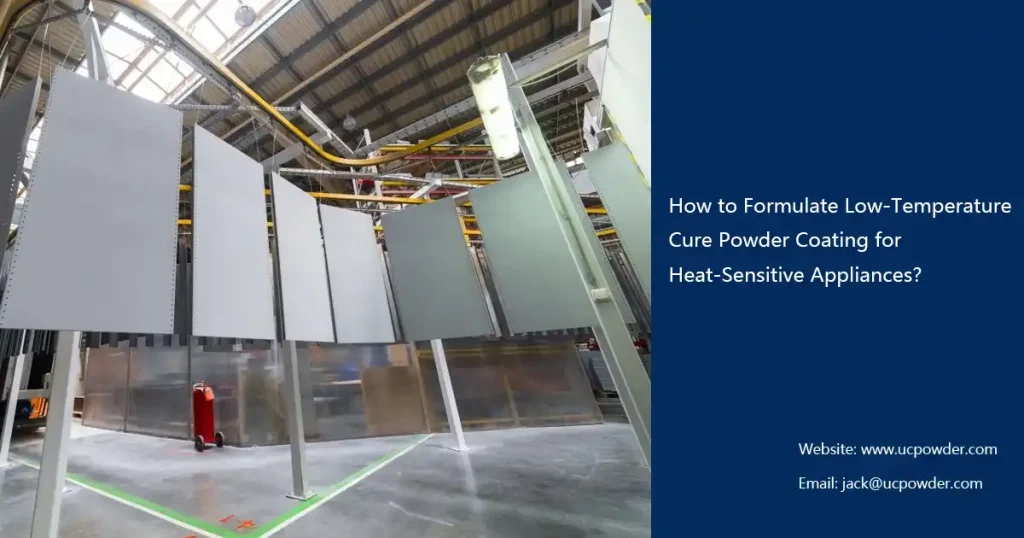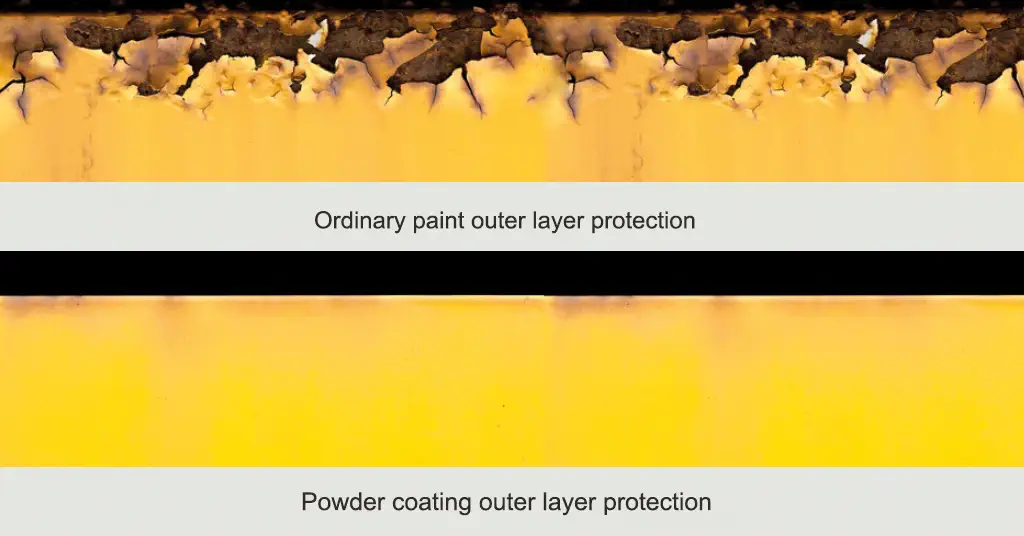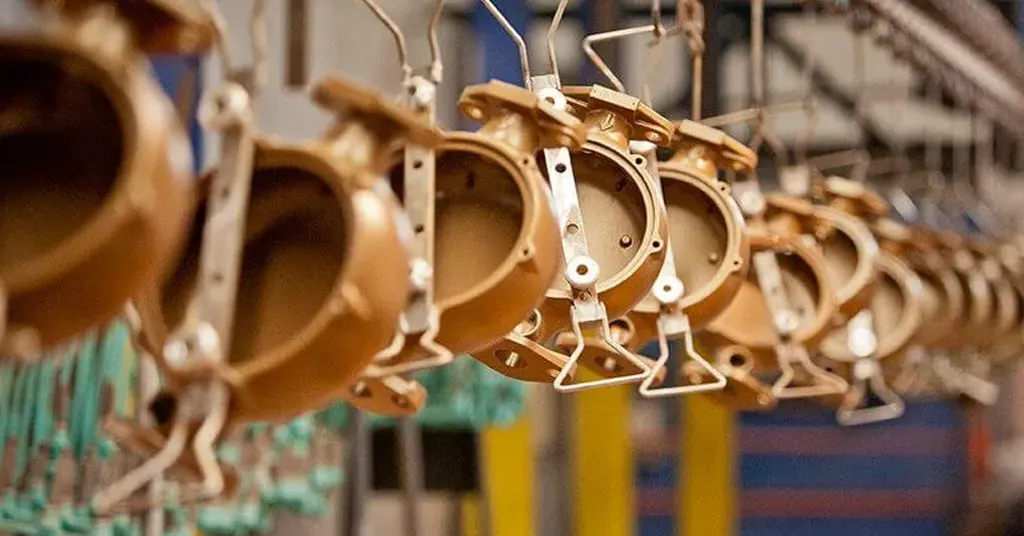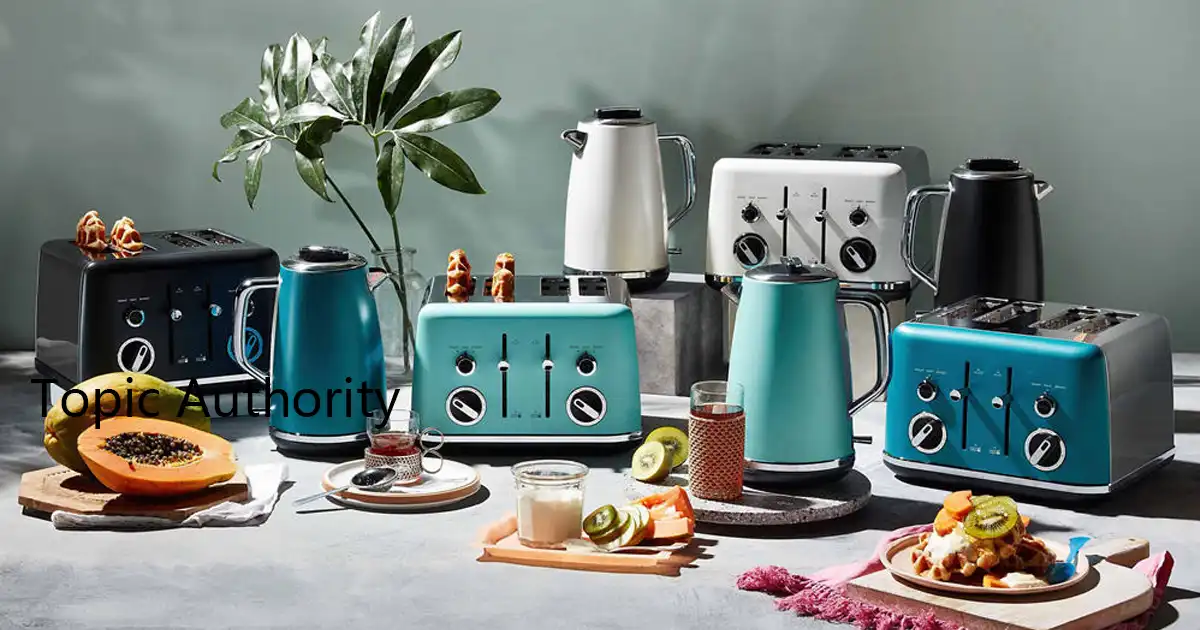How to Formulate Low-Temperature Cure Powder Coating for Heat-Sensitive Appliances?
Low-temperature cure powder coatings are a significant advancement in the coatings industry, particularly for heat-sensitive substrates like plastic-housed electronics, Medium Density Fiberboard (MDF) panels, and lightweight aluminum alloys. These coatings offer superior durability, environmental benefits, and energy efficiency, making them an ideal alternative to traditional high-temperature cure options. As a leading powder coating manufacturer, we’re dedicated to providing customized low-temperature cure powder coating solutions that meet the stringent demands of heat-sensitive substrates while adhering to strict environmental regulations such as REACH and RoHS.

Why Low-Temperature Cure Powder Coatings are Your Best Choice
Opting for low-temperature cure powder coatings means your products can be cured at temperatures as low as 100-120°C, which is crucial for heat-sensitive substrates. The core advantages include:
- Significant Energy Savings: Lower curing temperatures directly reduce energy consumption, leading to substantial cuts in production costs and improved economic efficiency.
- Environmental Compliance: Powder coatings boast near-zero Volatile Organic Compound (VOC) emissions, fully aligning with increasingly strict global environmental regulations and sustainability goals.
- Substrate Protection: Effectively prevents common issues like warping, cracking, discoloration, or structural damage that heat-sensitive materials might experience at high temperatures.
- Broad Versatility: Perfectly suited for a wide range of appliances, including refrigerators, laptops, and microwave ovens, especially those with plastic or MDF components.
Our team at Ucpowder specializes in developing low-temperature cure powder coatings that balance performance and sustainability. Let’s work together to create the ideal coating solution for your specific needs.
Practical Steps for Formulating Low-Temperature Cure Powder Coatings
1. Precisely Selecting the Right Resin System
The resin forms the backbone of any low-temperature cure powder coating. For heat-sensitive appliances, we recommend the following resin types, along with practical application considerations:
Polyester Resins:
- Characteristics: Offers excellent weather resistance, UV stability, and superior flexibility.
- Applications: Ideal for outdoor appliances (e.g., air conditioner outdoor units, outdoor lighting fixtures) or products requiring good appearance retention.
- Cure Temperature: Can effectively cure around 120°C with appropriate curing agents.
- Practical Considerations: Ensure you select polyester resins with a moderate hydroxyl content and narrow molecular weight distribution to guarantee sufficient reactivity at low temperatures and stable film properties.
Epoxy-Polyester Hybrid Resins:
- Characteristics: Combines the excellent chemical and corrosion resistance of epoxy resins with the flexibility of polyesters.
- Applications: Suitable for indoor appliances, such as washing machines, refrigerator liners, and electronic housings, which may be exposed to cleaning agents or light abrasion.
- Cure Temperature: Typically cures within the 110-130°C range.
- Practical Considerations: The ratio of epoxy to polyester resin significantly impacts final performance. Higher epoxy content generally improves hardness and chemical resistance but might slightly reduce flexibility.
Low-Temperature Epoxy Resins:
- Characteristics: Specifically designed for ultra-low temperature curing, able to cure at 100-110°C or even lower.
- Applications: Perfect for extremely heat-sensitive substrates, such as certain precision electronic components or specialized thin-walled plastic parts.
- Cure Assistance: For optimal curing and efficiency, these may require UV (Ultraviolet) or IR (Infrared) assisted curing.
- Practical Considerations: Low-temperature epoxy systems can be more sensitive to moisture and storage conditions; strict attention to moisture protection and shelf life is crucial.
Reference Formulation (Example for Epoxy-Polyester Hybrid, adjustable to your needs)
| Component | Typical Weight % | Practical Application Considerations |
|---|---|---|
| Polyester Resin | 50-60% | Provides fundamental weatherability and flexibility; influences the coating's feel. |
| Epoxy Resin | 20-30% | Enhances coating hardness, chemical resistance, and adhesion, especially crucial for metal substrates. |
| Curing Agent | 8-15% | Core component, ensures low-temperature curing. (See Section 2 for details) |
| Flow & Leveling Additives | 0.8-1.5% | Eliminates orange peel and pinholes, ensuring surface smoothness, vital for appliance aesthetics. |
| Degassing Agent | 0.3-0.8% | Prevents air bubbles and pinholes, especially on porous substrates like MDF. |
| Fillers (BaSO4/CaCO3) |
0-10% | Adjusts gloss, reduces cost, and increases film build. Excess can affect mechanical properties. |
| Pigment (TiO2) | 15-25% | Provides color and opacity. Common for white appliances; colored ones require heat-stable pigments. |
2. Carefully Choosing Efficient Low-Temperature Curing Agents
Curing agents are essential for achieving low-temperature solidification without compromising coating quality. Here are some effective curing agents commonly used in low-temperature powder coatings:
Accelerated Dicyandiamide (DCDA) Series:
- Characteristics: Modified versions of traditional DCDA, incorporating specific catalysts (e.g., imidazole derivatives) to lower curing temperatures. Offers excellent adhesion and corrosion resistance.
- Cure Temperature: Can cure within the 110-120°C range.
- Practical Applications: Widely used in industrial and appliance sectors, especially for metal components requiring good anti-corrosion properties.
- Considerations: Selecting the right type and amount of accelerator is crucial; excess can lead to reduced storage stability.
Imidazole-Based Curing Agents:
- Characteristics: High catalytic activity, enabling curing temperatures as low as 100°C. Provides fast curing speeds.
- Applications: Ideal for extremely heat-sensitive substrates, such as some high-performance plastics or thermoplastic composites.
- Considerations: Imidazole-based agents can be sensitive to moisture and CO2; strict sealing during storage and attention to powder stability are necessary.
Amine-Based Curing Agents (especially Modified Amines):
- Characteristics: Can provide fast curing, which helps improve production line efficiency. Some modified amines activate at lower temperatures.
- Applications: Suitable for production lines with high efficiency demands.
- Considerations: Some amine curing agents may pose a risk of yellowing; choose carefully based on color requirements.
Our R&D team has extensive experience and can recommend the best curing agents to match your resin system, desired curing conditions, and final coating performance requirements. Feel free to contact us to explore your low-temperature curing solutions.
3. Fine-Tuning Additives and Fillers
Additives and fillers are the “magic” components that enhance the performance and aesthetics of low-temperature cure powder coatings. Proper inclusion can significantly improve leveling, de-gassing, and optimize costs.
Flow and Leveling Agents:
- Function: Ensure the coating flows smoothly when molten, eliminating brush marks, orange peel, and surface defects to form a smooth, glossy finish. This is crucial for the final appearance of consumer appliances.
- Practical Considerations: For plastic substrates, due to their potentially different surface tension compared to the coating, a higher proportion of flow agents might be required to prevent orange peel effects. Common flow agents include acrylic and polysiloxane types.
Degassing Agents:
- Function: During the melting and curing process, the substrate (especially MDF, porous castings) and the powder itself can release gases. Degassing agents effectively trap or release these gases, preventing pinholes and air bubbles.
- Practical Considerations: For porous substrates like MDF, the amount of degassing agent needs to be appropriately increased. Benzoin and its derivatives are commonly used.
Fillers (e.g., Calcium Carbonate, Barium Sulfate):
- Function: Primarily used to reduce raw material costs while adjusting the coating’s gloss level, hardness, and density.
- Practical Considerations: The type, particle size, and amount of filler can affect the coating’s mechanical properties (e.g., flexibility, impact strength). Excessive addition may lead to brittle coatings or reduced adhesion, requiring careful consideration based on product requirements.
Performance Testing and Quality Control for Low-Temperature Powder Coatings
To ensure your low-temperature cure powder coating meets industry standards and product requirements, the following performance tests are crucial:
Adhesion Test (ASTM D3359):
- Method: Cross-cut or pull-off test to evaluate the bond strength between the coating and the heat-sensitive substrate.
- Importance: Ensures the coating will not peel off during everyday use.
Pencil Hardness Test (ASTM D3363):
- Method: Using pencils of varying hardness to scratch the coating surface, evaluating its scratch resistance.
- Importance: Reflects the coating’s ability to resist mechanical damage, especially for frequently touched appliance surfaces.
MEK Rub Test:
- Method: Wiping the coated surface with a cotton cloth soaked in Methyl Ethyl Ketone (MEK) to assess its resistance to chemical solvents.
- Importance: Crucial for appliance surfaces that may come into contact with cleaning agents or chemicals.
QUV Accelerated Weathering Test (ASTM G154):
- Method: Exposing the coating to simulated UV light, condensation, and temperature cycles to accelerate the aging process.
- Importance: Verifies the coating’s long-term weatherability, color retention, and gloss for outdoor applications.
Impact Resistance Test (ASTM D2794):
- Method: Dropping a weight onto the coated surface to assess its ability to resist deformation and cracking from impact.
- Importance: Reflects the coating’s resistance to accidental impacts during shipping, installation, and use.
Our coating products undergo rigorous testing, complying with international standards like ISO and UL, to ensure reliable coating solutions for your appliances.
FAQs
- Adjust Curing Agent Dosage or Type: Ensure the stoichiometry between the curing agent and resin system is accurate, or switch to a more reactive accelerated curing agent.
- Optimize Cure Temperature/Time Profile: Ensure your curing oven maintains a uniform and stable temperature, and adjust the cure time based on the actual substrate and coating thickness.
- Introduce Auxiliary Curing: For ultra-low temperature or rapid curing needs, consider integrating IR or UV assisted curing.
- Optimize Additive Types and Amounts: Fine-tune your flow and degassing agents to ensure they work synergistically, providing optimal leveling and gas release.
- Adjust Spray Parameters: Reduce spray pressure, optimize spray distance, and powder flow rate to avoid over-spraying or uneven application.
- Check the Substrate: Ensure the substrate surface is clean, dry, and free from oil or residues.
- Environmental Control: Control the temperature and humidity of your spray booth to prevent airborne dust and contaminants.

Erik
Doctor of Chemical Engineering, expert in the field of powder coatings, with over 20 years of professional experience in the research and application of powder coatings
Have Anything To Ask Us?




